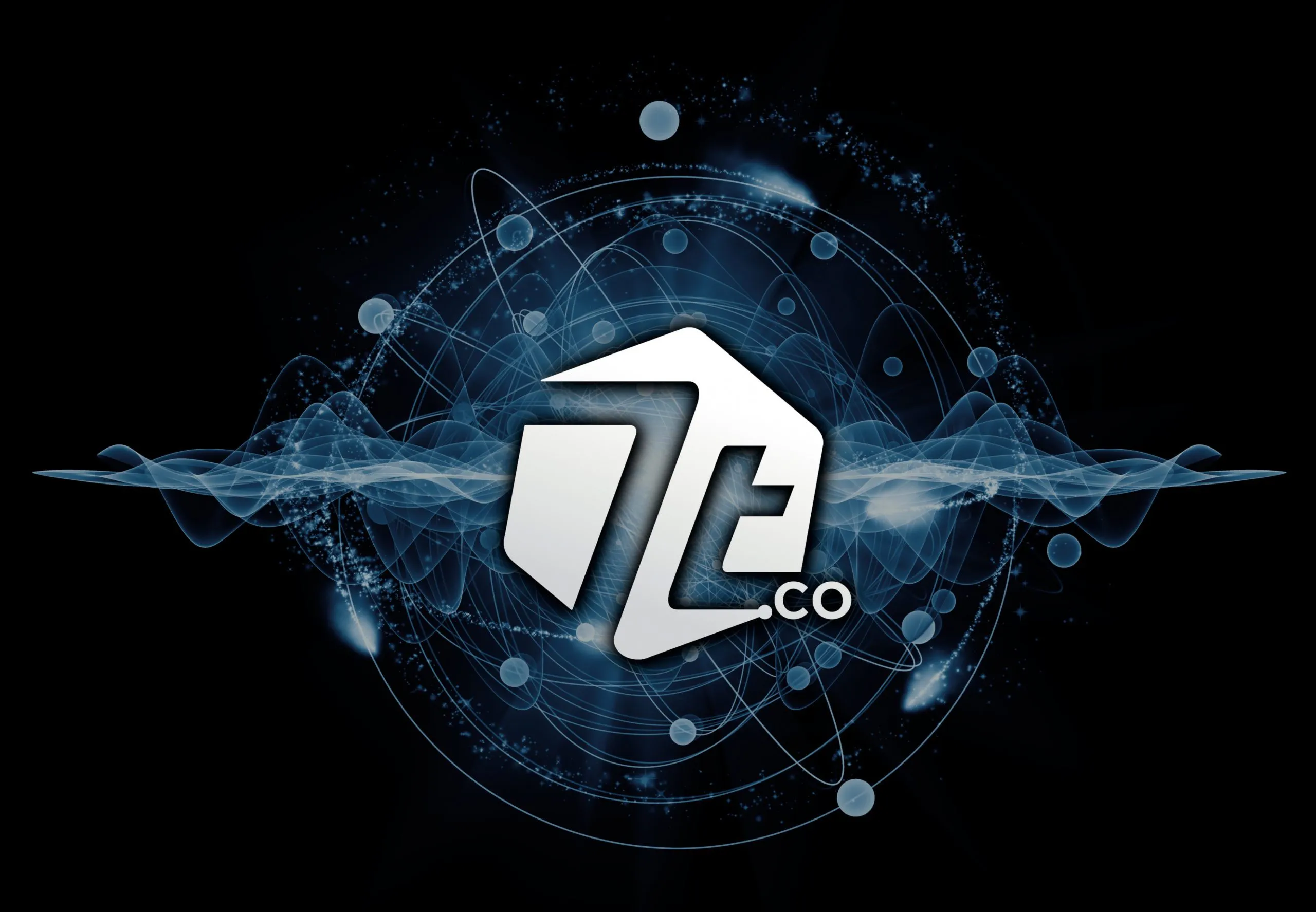Digital Transformation has emerged as a popular element of the high-tech lexicon but many business leaders fail to appreciate the potential risks that come along with what are often high-stakes development projects. As a result, the failure rate for Digital Transformations tends to be rather high. Luckily, there are ways to maximize your chances of success and a healthy ROI. Understanding Digital Transformation risk management and all that it entails will set you off down a path toward success.
What is Risk Management and How Does it Apply to Digital Transformation Projects?
Risk management entails the identification, assessment and control of risk factors that a company confronts. Digital Transformation risk management can be rather challenging simply due to the large and very transformative nature of these projects. For example, a single Digital Transformation development project can involve the complete overhaul of multiple enterprise software systems, with multiple integrations required. If just one integration or automation is skewed, it can affect multiple downstream, bringing operations to a grinding halt. This is just one of the many risks you may confront as you proceed with a Digital Transformation project.
Here is a look at some of the other risk management considerations that you should keep in mind as you prepare for your next development project.
-
-
-
- Compliance Considerations – Many highly regulated industries like health care and banking are subject to strict regulatory oversight. As a result, their technology must comply with the rules and regulations that are in place to avoid fines or penalties. Take the case of nearly a dozen major banks that saw nearly $2 billion dollars in fines when it was found that their messaging apps didn’t allow them to achieve compliance with recordkeeping laws.
- Scope Creep and Cost Overruns – Pitfalls such as scope creep can rapidly lead to major cost overruns and extended development timeframes. Company leaders can rapidly find themselves in a situation where they are forced to abandon a project due to an inability to cover unexpected costs. Scope creep tends to occur when you have a poorly defined development plan. This underscores the importance of taking the time to create a detailed and well thought out software requirements document and business requirements document.
- Poor User Interface and User Experience (UI/UX) – Your concept for a Digital Transformation project may be revolutionary. But if your user interface is clunky and user experience falters as a result, you’ll fail to see the great ROI that you had been seeking. Your new software platform could actually be less of a help and more of a hindrance when all is said and done. This means that your Digital Transformation development project could end up costing you money instead of saving money and improving productivity and efficiency.
-
-
How to Maximize Your Digital Transformation Risk Management
Successful Digital Transformation risk management requires that you take the time to identify the most significant risks that you will be confronting in the course of your project. Take a proactive stance and consider these risk management measures.
-
-
-
- Identify the Risks – Take time to identify the risks that you are likely to encounter in the course of your Digital Transformation project. What systems, platforms and people will be affected within your company? How will they be impacted? Make sure you understand the impact of the project because this will allow you to make plans that will minimize any adverse effects. Chat with your development team too because they will have unique insights that you may have overlooked.
- Map Out a Plan – Software and business requirement documents are essential for the success of your project. Don’t cut corners when it comes to your SRD and BRD. These critical documents will serve as a detailed road map for you, the client, and your development team. SRDs and BRDs also ensure that everyone stays aligned when it comes to project scope, timelines and overall expectations for the project.
- Plan for Training and Deployment – Deployments can be downright disastrous, especially if you fail to take the time to perform comprehensive user training for your new technology. Well-trained users will make the most of your new technology right out of the starting gate, maximizing ROI and your project’s overall success. This prevents a scenario where you’ve rolled out new technology and users are left dead in the water, scratching their heads.
-
-
Minimize Risks With an Experienced Digital Transformation Development Team
With the right planning and awareness of the most common Digital Transformation risk management challenges, you can maximize ROI and minimize the risks you confront. By working with an experienced Digital Transformation development team, you’ll be well positioned to succeed.
The 7T mobile development team has over 100 apps under our belt, translating into valuable expertise in many different industries. We will make sure your Digital Transformation project is a success, serving as a valuable business tool that drives your business forward and ahead of the competition. Contact us today to discuss your company’s mobile app development needs.










